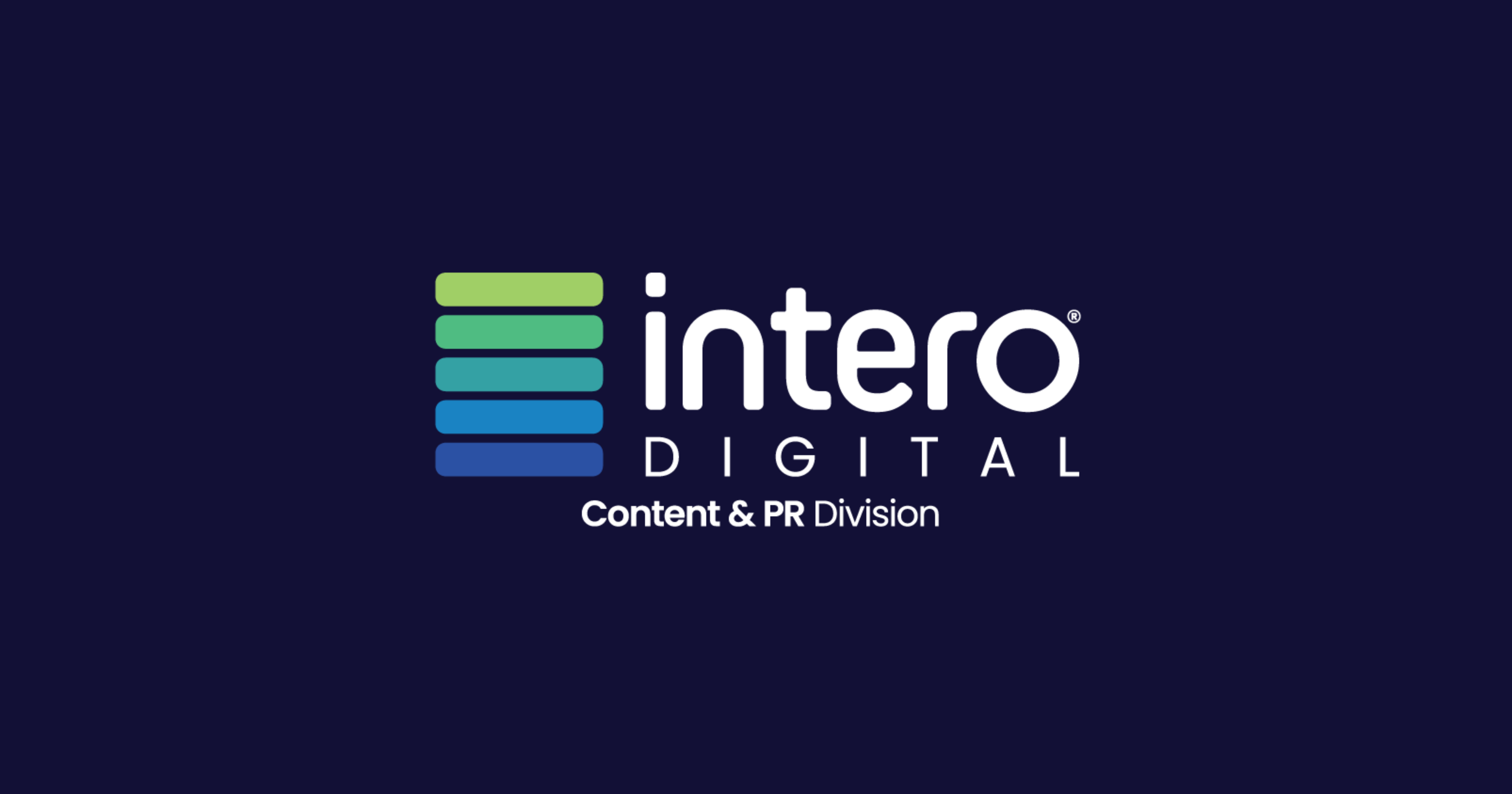 Potential clients often ask us about our pricing model — more specifically, why we don’t use a pay-for-placement model for our services. Shouldn’t pricing be based on the actual number of pieces of published content we help clients produce and distribute in each month’s time.
Potential clients often ask us about our pricing model — more specifically, why we don’t use a pay-for-placement model for our services. Shouldn’t pricing be based on the actual number of pieces of published content we help clients produce and distribute in each month’s time.
It’s a fair question, and one that isn’t easily answered when you look at the spectrum of varied agency pricing models and costs.
So to fully answer why we don’t use a pay-for-performance model, we have to examine what it truly looks like in practice, including what it means for our clients, their goals, and our team’s overall effectiveness.
In our infancy, Influence & Co. did, in fact, utilize this payment model. Last year, we published more than 2,100 articles for clients, but in the early days, we didn’t have a track record. Without even much of a company history or client success stories to demonstrate that we could actually deliver on our promises, we were left with a model that (we believed) would create the lowest barrier to entry for our prospective clients. As we grew, we learned that we were wrong.
Out of Sight, Out of Mind
While we thought this pay-for-performance model might give us a competitive advantage and convince new clients it was worth working with us, it created a lot of problems — both for our clients and our team members.
First, because our clients weren’t seeing regularly published articles each month, many of them simply forgot about our content collaboration. Maybe they started the relationship strong, but over time, the excitement wore off, and clients weren’t compelled to keep the momentum going.
That disengagement resulted in countless unfinished articles and inconsistencies in our internal capacity. Team members spent time and effort on pieces of content that would never be published. And without those published articles, what “performance” were clients paying for?
That’s when one of our employees explained her frustrations to her mother, someone outside the company with a fresh perspective. Her mom asked, “If you changed the structure, would you still be providing enough value? Are you sure your clients even expect this pay-for-performance model?”
It was so simple, but it was something we hadn’t asked ourselves. No, we weren’t providing the best value with the pay-for-performance model. It was time for a change.
Changing Focus From Product to Value
Through lots of internal discussion, our senior leadership team realized we were making assumptions about the benefits of the performance model we were using and the value that our clients placed on it. In fact, our clients confirmed that the setup was actually demotivating for them and that paying us fairly and regularly for our work would keep them more engaged.
But arriving at a new model wasn’t something we took lightly. We wanted our new structure to focus on the full value of the service, not just the product itself, and to offer more sustainability.
Many other companies in the content marketing and PR industries operate on hourly rates and fees that provide estimates of services, which we ruled out because a monthly estimate is just that — an estimate. We didn’t want to risk underestimation, but we also didn’t want an invoice to reflect any hidden costs at the end of the month, either. We value trust and transparency, and we wanted our clients to know exactly what they are paying for and what they can expect to see as a return on that investment.
A New Model That Encourages Commitment
It’s not uncommon for prospective clients and their executive teams to interpret the value of content marketing as “number of published pieces” because the thought process is that the more content they create, the more valuable it is.
But that view is incredibly limiting and doesn’t account for content’s long-term ROI. Thought leadership is a commitment that doesn’t end once you’ve published a certain number of articles, and we wanted our pricing structure and strategy to reinforce that.
Our revised structure includes a monthly service fee set around a specific number of deliverables to ensure our clients know what they are getting, when they are getting it, and how much of what they are getting. It enables us to partner with clients to define a cohesive content strategy that actually works for them — with high-quality pieces of content that reflect their expertise and reach the right audiences — rather than focus on publishing as many as possible.
This model has resulted in some important benefits for our clients and our company including:
Budget predictability
Instead of surprising clients with an invoice when an article goes live, our current structure moves our billing from random to regular. Now our clients know exactly when they’ll receive an invoice, what’s included in that invoice, and when their payments will be processed. This allows everyone involved to better plan for upcoming expenses and make room in their budgets to act on important content marketing trends.
Consistent online presence
When we set a number of deliverables each month, we’re better able keep our clients engaged and demonstrate how critical consistency is to their content efforts. There’s little downtime between opportunities or confusion about what we should focus on each month — it’s all documented in the strategy. This helps keep the stream of content steady and manageable while building up an ever-growing and influential presence online.
True partnership
Rather than simply exchanging a piece of published content for a fee, we wanted to offer clients a legitimate partnership with a company that will work with them from strategy through execution and distribution to help them achieve their long-term goals. That doesn’t mean we don’t still create and publish content for a fee — we just do so with data-driven strategies that we work with clients to develop.
Quality above all
A pay-for-placement company is motivated to secure as many placements as possible, regardless of the content quality or target publication. But in content marketing, high-quality content is essential. It can mean the difference between a brand contributing to the industry conversation or adding to the noise. The moment we start creating content for the sake of publishing it for our clients is the moment we stop doing our jobs.
Major structural changes like these can either improve or hinder a company’s process (and bottom line). In our case, we’ve seen so much more success from our current model than any of our pay-for-performance early days. When you’re vetting agencies and service providers to find the partner that will keep you motivated, consistent, and effective, consider the benefits of models outside the norm.
Establishing an easy-to-follow payment model is just one way we bring value to our clients. Learn more about how we can bring you value and help you accomplish your goals by requesting a free demo!




 Potential clients often ask us about our pricing model — more specifically, why we don’t use a pay-for-placement model for our services.
Potential clients often ask us about our pricing model — more specifically, why we don’t use a pay-for-placement model for our services. 



![Our 2022 Year in Review [Infographic]](https://blog.influenceandco.com/hubfs/ICo.s%202022%20Year%20In%20Review.png)